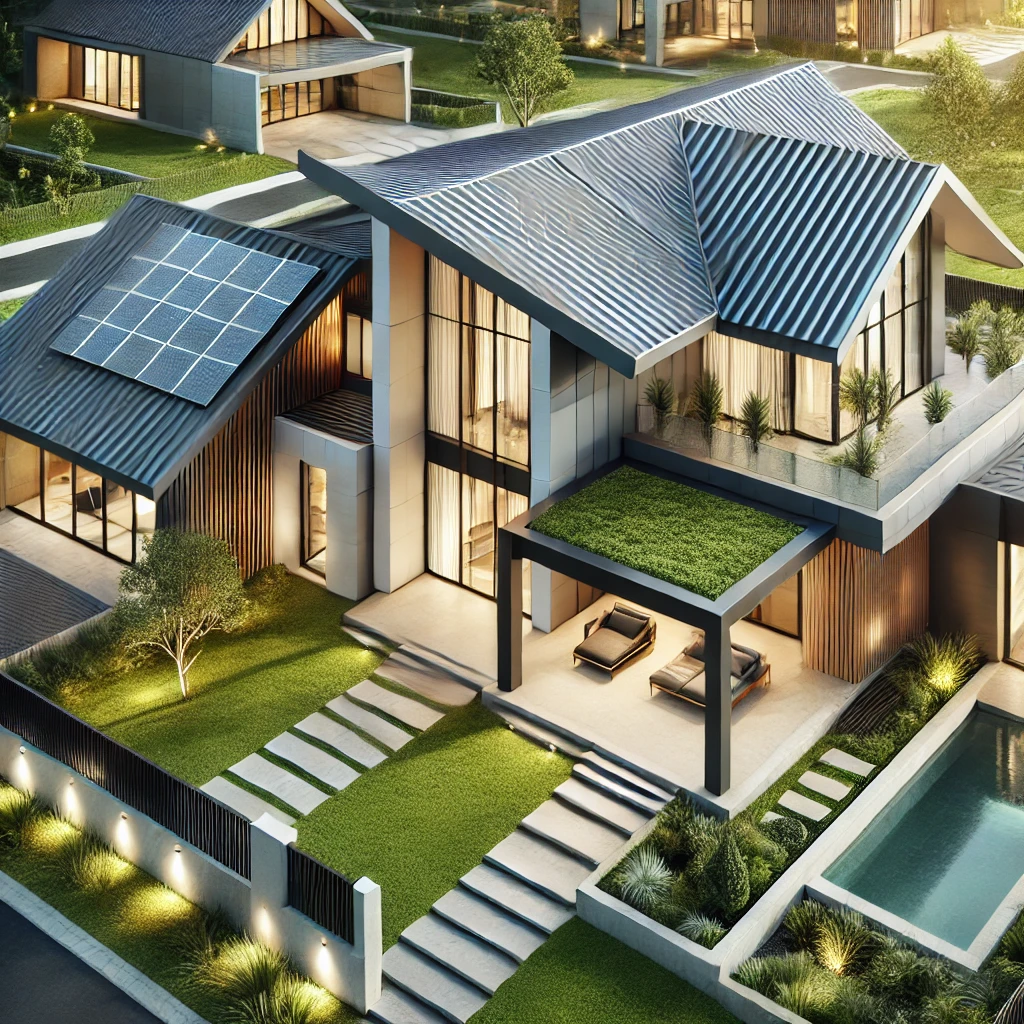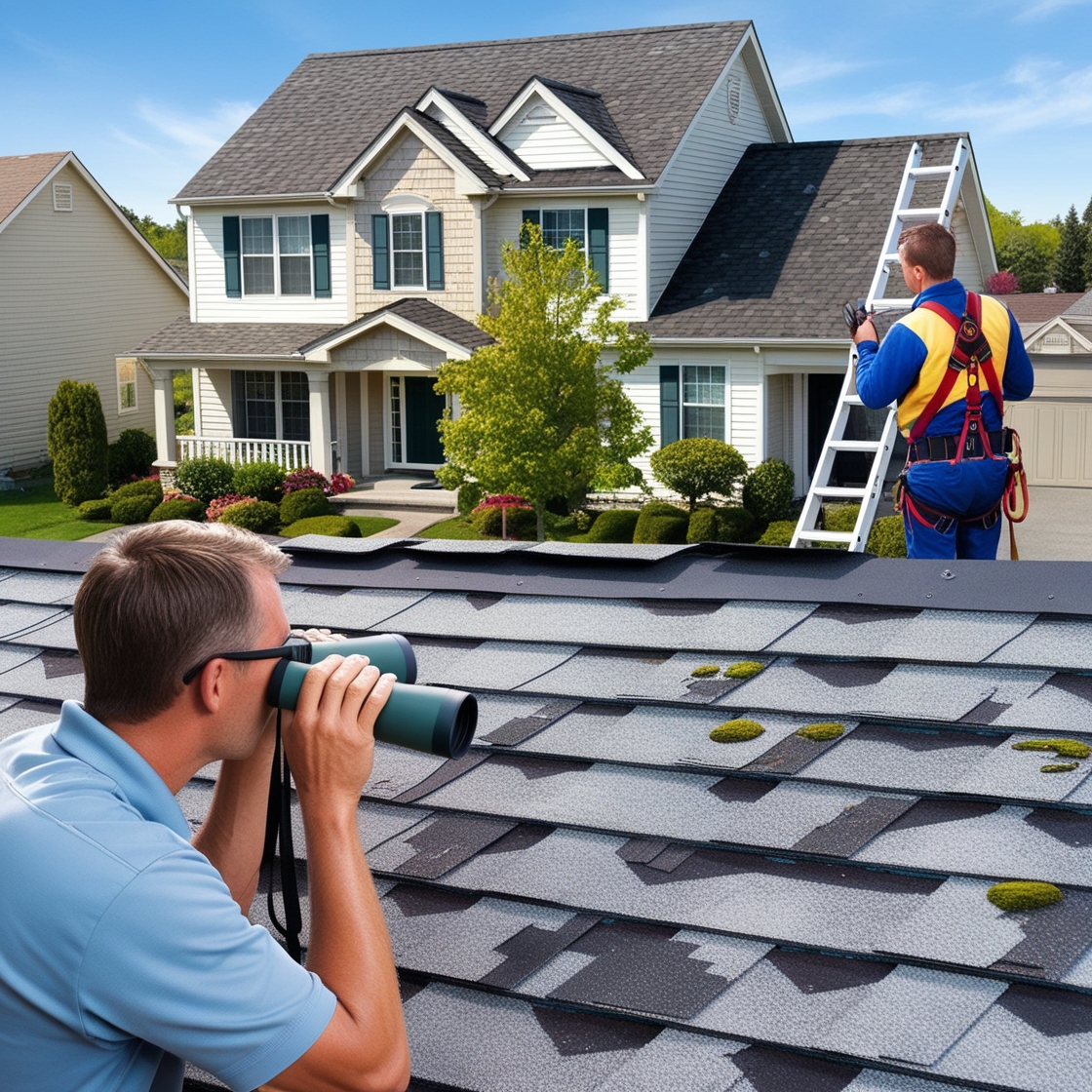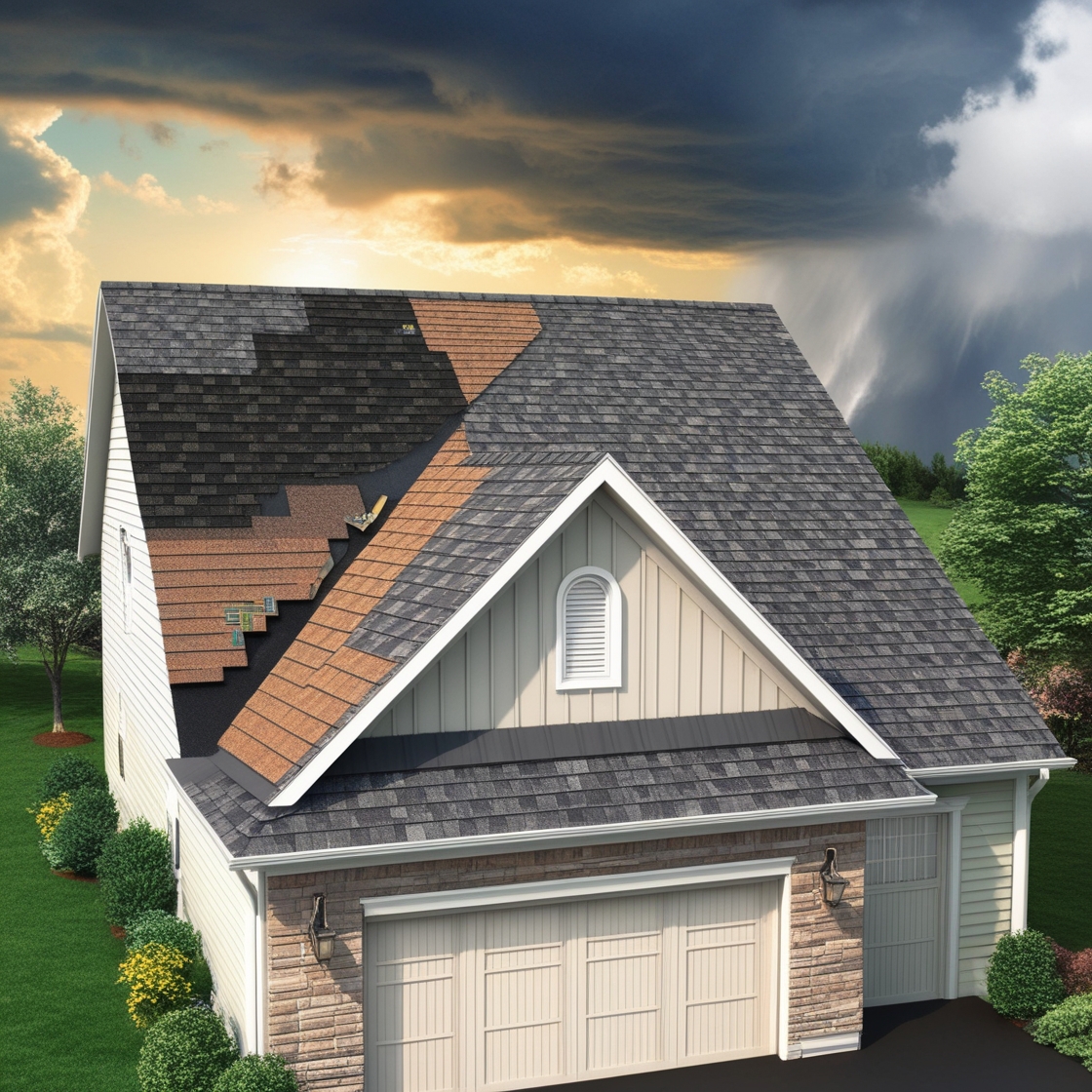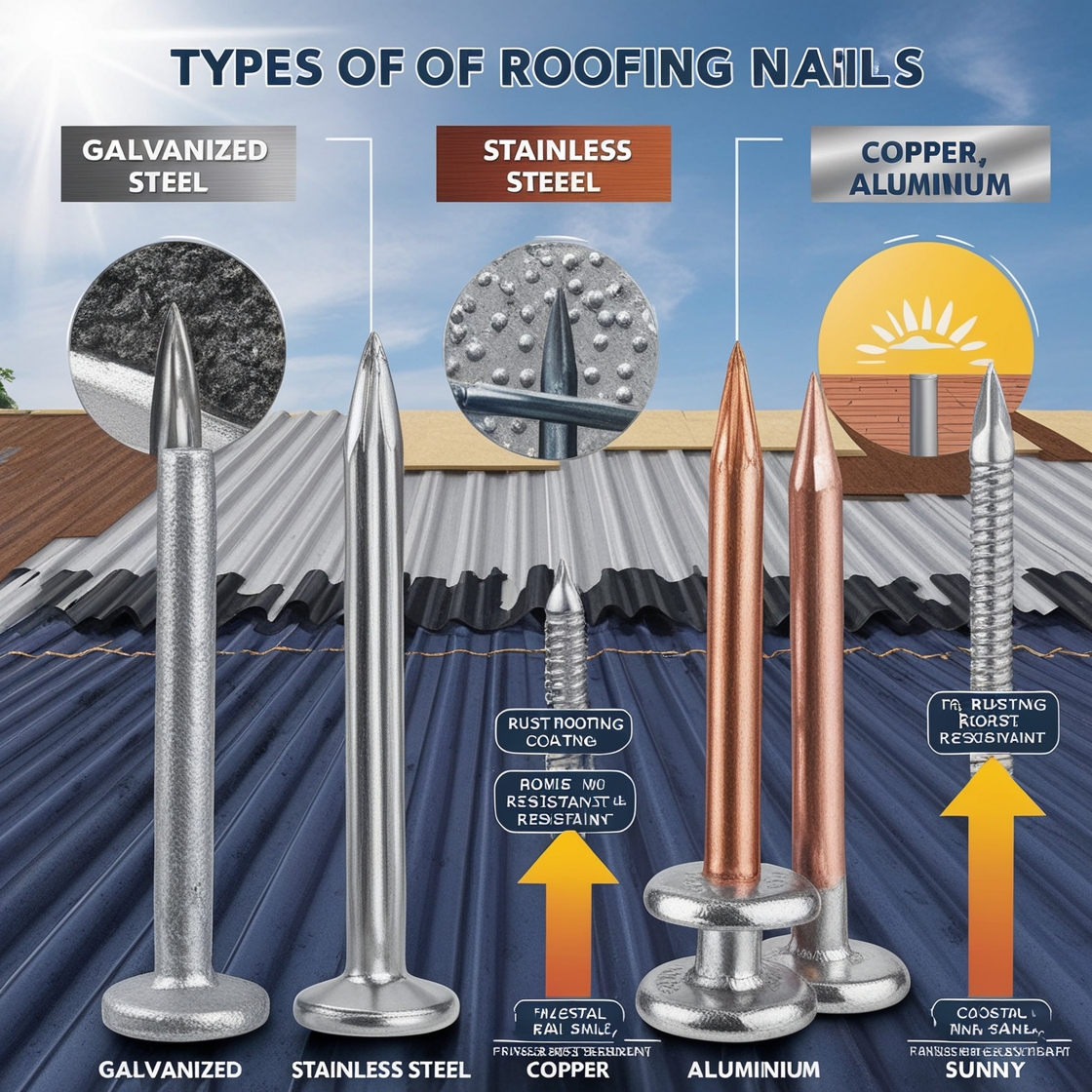In recent years, roofing has evolved from merely being a functional component of a home to becoming a significant element of architectural design. Modern homeowners and architects are increasingly focusing on roofing as a key aspect of a building’s aesthetics, energy efficiency, and environmental impact. The latest trends in roofing design reflect a blend of innovative materials, sustainability, and a desire for unique, visually appealing structures. This article delves into the current trends that are shaping the future of roofing design and aesthetics.
1. Sleek, Minimalist Rooflines
One of the most noticeable trends in modern roofing design is the shift towards sleek, minimalist rooflines. Clean, simple lines create a contemporary look that complements the overall aesthetic of modern architecture. Flat and low-pitched roofs are becoming increasingly popular, especially in urban settings where they contribute to a streamlined appearance. These designs often emphasize horizontal lines and a seamless transition between the roof and the rest of the structure, enhancing the building’s overall symmetry and balance.
Key Features:
- Flat and low-pitched roofs
- Emphasis on horizontal lines
- Seamless integration with the building’s architecture
2. Integration of Solar Panels
As sustainability becomes a priority for homeowners, the integration of solar panels into roofing design is a trend that continues to gain momentum. Modern solar panels are now designed to be more aesthetically pleasing, with options that blend seamlessly into the roof’s surface. Some manufacturers even offer solar tiles that mimic the appearance of traditional roofing materials, allowing homeowners to harness solar energy without compromising on design.
Key Features:
- Solar panels designed for aesthetic integration
- Solar tiles that mimic traditional roofing materials
- Increased energy efficiency and reduced carbon footprint
3. Green Roofing
Green roofing, also known as living roofs, is another trend that has seen significant growth. These roofs are partially or completely covered with vegetation, providing numerous environmental benefits, including improved air quality, natural insulation, and rainwater management. Green roofs also contribute to urban biodiversity and offer a unique aesthetic that sets buildings apart. They are particularly popular in urban areas, where they provide a natural escape in otherwise concrete-dominated environments.
Key Features:
- Vegetation-covered roofs
- Environmental benefits like insulation and rainwater management
- Unique, natural aesthetic
4. Mixed Materials and Textures
Modern roofing design is embracing the use of mixed materials and textures to create visually interesting and dynamic surfaces. Combining different materials, such as metal, wood, and concrete, allows for greater creativity in design. This trend also extends to the use of different textures, such as smooth metal paired with rough stone, adding depth and contrast to the roof’s appearance. The result is a roof that not only serves a functional purpose but also acts as a statement piece for the building.
Key Features:
- Use of mixed materials like metal, wood, and concrete
- Combination of different textures for visual interest
- Enhanced creativity in roofing design
5. Cool Roofing Technology
Cool roofing technology is designed to reflect more sunlight and absorb less heat than standard roofing materials, helping to keep buildings cooler and reduce energy costs. These roofs are typically made from materials that are highly reflective, such as white or light-colored membranes, or they can be coated with reflective paint. Cool roofs are especially beneficial in warmer climates, where they can significantly lower the temperature inside the building, making them both energy-efficient and eco-friendly.
Key Features:
- Highly reflective materials or coatings
- Reduced heat absorption and lower energy costs
- Beneficial for warmer climates
6. Architectural Shingles
Architectural shingles, also known as dimensional or laminated shingles, are another trend that has gained popularity due to their enhanced aesthetic appeal and durability. Unlike traditional asphalt shingles, architectural shingles are thicker and have a more dimensional look, often resembling natural materials like wood or slate. They offer a high-end appearance without the associated costs and maintenance, making them a popular choice for homeowners looking to upgrade their roof’s appearance.
Key Features:
- Thicker, dimensional look resembling natural materials
- Enhanced durability compared to traditional shingles
- High-end appearance at a lower cost
7. Focus on Sustainability
Sustainability is a driving force behind many of the latest roofing trends. Homeowners are increasingly seeking eco-friendly options that reduce their environmental impact. This includes the use of recycled materials, energy-efficient designs, and roofs that contribute to a building’s overall sustainability. Green roofs, solar panels, and cool roofing technology are all part of this broader trend towards environmentally responsible roofing solutions.
Key Features:
- Use of recycled and sustainable materials
- Energy-efficient roofing designs
- Focus on reducing environmental impact





